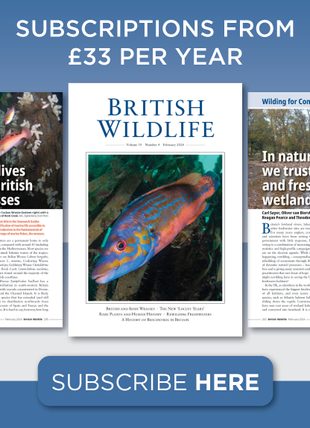About this book
Wright and Troxel's research in Death Valley covers a wide variety of subjects including stratigraphy, structure, regional tectonics, Quaternary geology, and mineral resources. Their diversity in research is reflected in this volume. The first two chapters add stratigraphic and #13C data to the constantly growing volume of literature on Neoproterozoic global glaciation and the Snowball Earth theory. The next seven chapters are nearly Equally divided between late Paleozoic thrust faulting, middle Cenozoic extensional tectonics, and magmatism. Note that the three chapters on extensional tectonics represent the latest contributions in a continuum of research since Wright and Troxel published their landmark paper, Shallow fault interpretation of Basin and Range structure, in 1973. The next four chapters describe the late Neogene to Holocene geology and geomorphology of Death Valley, research topics very dear to Wright and Troxel in the last 10 years. The last chapter describes the lead-zinc deposits of the southern Basin and Ranges, including the Death Valley region.
Contents
1. Fifty years of Death Valley research: A volume in honor of Lauren Wright and Bennie Troxel. (J.P. Calzia). 2. Acknowledgements of a professional lifetime (L.A. Wright). 3. My geological career in Death Valley (B.W. Troxel). 4. Geological landscapes of the Death Valley region (M.B. Miller). 5. Bibliography L.A. Wright and B.W. Troxel 1944-present. 6. Eolian deposits in the Neoproterozoic Big Bear Group, San Bernardino Mountains, California, USA (J.H. Stewart). 7. The relationship between the Neoproterozoic Noonday Dolomite and the Ibex Formation: New observations and their bearing on snowball Earth. (F.A. Corsetti, A.J. Kaufman). 8. Interpretation of the Last Chance thrust, Death Valley region, California, as an Early Permian decollement in a previously undeformed shale basin (C.H. Stevens, P. Stone). 9. Structure and regional significance of the Late Permian (?) Sierra Nevada Death Valley thrust system, east-central California (C.H. Stevens, P. Stone). 10. The Black Mountains turtlebacks: Rosetta stones of Death Valley tectonics (M.B. Miller, T.L. Pavlis). 11. Are turtleback fault surfaces common structural elements of highly extended terranes? (I. Cemen, O. Tekeli, G. Seyitoglu. V.Isik). 12. Large-scale gravity sliding in the Miocene Shadow Valley supradetachement basin, Eastern Mojave Desert, California (G.A. Davis, S.J. Friedmann). 13. Late Cenozoic sedimentation and volcanism during transtensional deformation in Wingate Wash and the Owlshead Mountains, Death Valley (H.G. Luckow, T.L.Pavlis, et al.). 14. Miocene rapakivi granites in the southern Death Valley region, California, USA (J.P. Calzia, O.T. Ramo). 15. Upper Neogene stratigraphy and tectonics of Death Valley a review (J.R. Knott, A.M. Sarna-Wojcicki, M.N. Machette, R.E. Klinger). 16. Late Quaternary denudation, Death and Panamint Valleys, eastern California (A.S. Jacko). 17. Holocene fluvial geomorphology of the Amargosa River through Amargosa Canyon, California (D.E. Anderson). 18. Macropolygon morphology, development, and classification on North Panamint and Eureke playas, Death Valley National Park CA (P. Messina, P. Stoffer, W.C. Smith). 19. Base- and previous-metal deposits in the Basin and Range of Southern California and Southern Nevada Metallogenic implications of lead isotope studies (S.E.Church, D.P. Cox, J.L. Wooden, J.V. Tingley, R.B. Vaughn).
Customer Reviews













![Oman: Wunderland der Geologie [Oman: Wonderland of Geology]](http://mediacdn.nhbs.com/jackets/jackets_resizer_medium/21/211001.jpg?height=150&width=100)





















